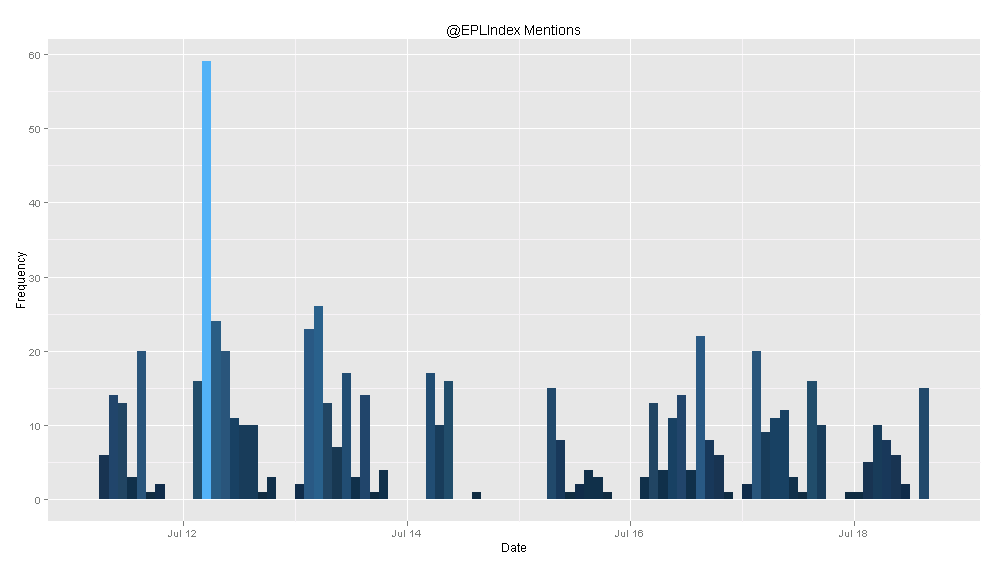World Cup Performance by Continent (Lots of graphs)
Ford Bohrmann
Much has been made of the inter-continental games so far this World Cup, especially considering the presence of 3 of the 4 CONCACAF countries making it past the group stages, including the US getting out of the group of death and Costa Rica going much farther than anyone predicted.
To see how various (FIFA defined) continents have done compared to past World Cup results, I used past World Cup data collected from 11v11.com. I looked at the past World Cup results (here is an example from the United States’ page http://www.11v11.com/teams/usa/tab/stats/comp/978). These results include all World Cup and World Cup qualifying games, which is what I limited my analysis to. World Cup qualifying games are a little different than World Cup games, but considering these are almost always between countries that are in the same continent, I think its OK because I drop intra-continent games anyways. What defines a continent is pretty hazy, so I just stuck with FIFA’s definitions. This means that Australia is actually a part of Asia, and some other anomalies. This division of the world is the best way to stay consistent, though. The continents I ended up using were Africa, Asia, CONCACAF, Europe, Oceania and South America.
If you want to look at the code I wrote to do the analysis (the data scraping, the actual analysis, and the visualization) head over to here https://github.com/fordb/wc-continent-headtohead
There’s nothing too crazy going on in the analysis, just a lot of graphs to look at.



